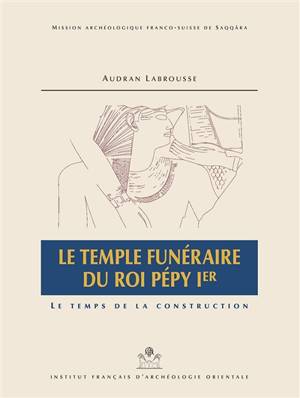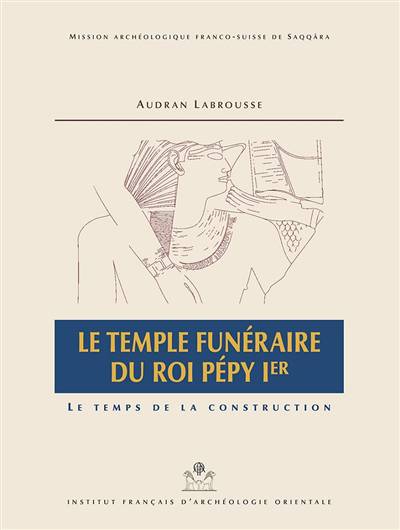
- Afhalen na 1 uur in een winkel met voorraad
- Gratis thuislevering in België vanaf € 30
- Ruim aanbod met 7 miljoen producten
- Afhalen na 1 uur in een winkel met voorraad
- Gratis thuislevering in België vanaf € 30
- Ruim aanbod met 7 miljoen producten
Omschrijving
Le présent ouvrage concerne le temple haut du complexe funéraire de Pépy Ier, troisième souverain de la VIe dynastie. Il s'inscrit dans la continuité des publications portant sur la pyramide de Pépy Ier : textes, traduction de textes, architecture, marques sur pierres de construction. Il présente le projet du tombeau royal et l'arrivée de la chaussée qui y conduit, l'aspect extérieur et les deux parties du temple : l'avant-temple et le temple intime. La petite pyramide est également présentée à travers son architecture et sa fonction. Les lieux de culte, les circulations, les détails des blocs de bas-reliefs sont étudiés. De nombreuses hypothèses de restitutions sont proposées, tant pour l'architecture que pour les bas-reliefs et leur emplacement sur les parois. Enfin, les modifications du monument sous Mérenrê Ier sont envisagées, complétées par un essai de synthèse entre fonction et décors.
Un dernier volume, collectif, sera consacré à l'histoire du temple : de son incendie à l'extrême fin de l'Ancien Empire, sa restauration au Moyen Empire, sa ruine au Nouvel Empire, qui voit sa transformation en un modeste cimetière collectif, jusqu'à la retaille de ses blocs à la période copte, et son dépeçage sous les mamelouks.
The present volume concerns the pyramid temple of the mortuary complex of Pepy I, third King of the 6th Dynasty. It belongs to the sériés of publications concerning the pyramid of Pepy I : the texts, the translation of the texts, the architecture and stone marks. It indudes the project for the royal tomb, the arrival of his causeway,
the exteriors, the two parts of the temple : the fore-temple and the cult-temple. It présents the small tails of the décoration blocks. Many hypotheses for restitutions are proposed, both for the architecture and the reliefs and their original location on the walls. Finally, modifications to the monument under Merenre I and an essay of synthesis between function and décoration are envisaged.
A final collective volume will be devoted to the tomb's history, its burning at the extreme end of the Old Kingdom, its restoration during the Middle Kingdom, its ruin at the New Kingdom when it was turned in to a modest collective cemetery, up to the reuse of its blocks during the Coptic period and its use as a quarry under the Mamluks.
Specificaties
Betrokkenen
- Auteur(s):
- Uitgeverij:
Inhoud
- Aantal bladzijden:
- 496
- Taal:
- Frans
Eigenschappen
- Productcode (EAN):
- 9782724707090
- Verschijningsdatum:
- 27/06/2019
- Uitvoering:
- Hardcover
- Formaat:
- Genaaid
- Afmetingen:
- 250 mm x 330 mm
- Gewicht:
- 3145 g

Alleen bij Standaard Boekhandel
Beoordelingen
We publiceren alleen reviews die voldoen aan de voorwaarden voor reviews. Bekijk onze voorwaarden voor reviews.











